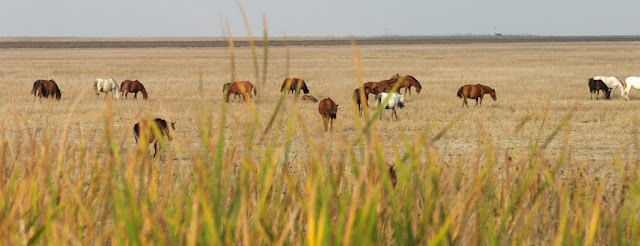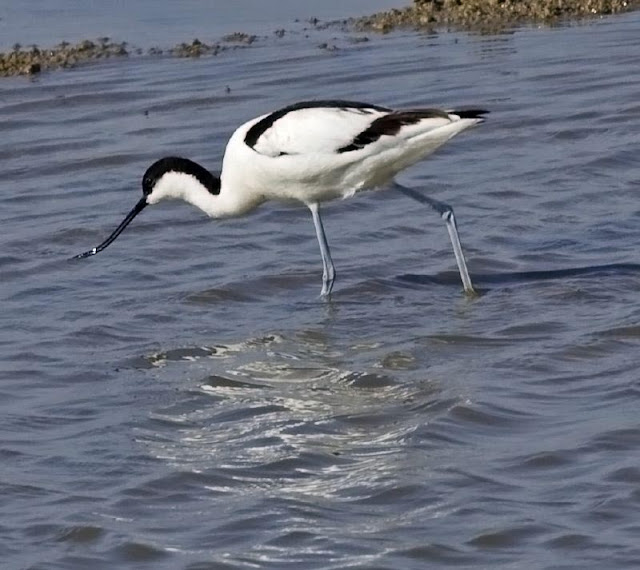Donana National Park
Peble Jeine
Doñana National Park is located in Andalusia, in the provinces of Huelva, and covers 543 km²(337.41 mi²), of which 135 km²(83.89 mi²) are a protected area. The park is an area of marsh, shallow streams, and sand dunes in Las Marismas, the Guadalquivir River Delta region where it flows into the Atlantic Ocean.
 |
| Donana National Park |
The original area was established in 1963 when the World Wildlife Fund joined with the Spanish government and purchased a section of marshes to protect it. There has been a constant threat to the eco-system, that of drainage of the marshes, the use of river water to boost agricultural production by irrigating land along the coast, and the expansion of tourist facilities.
In 2011, an archeological team proposed that the lost city of Atlantis was once located in what are now the swamps of the Doñana National Park having been destroyed by a tsunami.
In 1989 the surroundings of the national park were given more protection when a buffer zone was declared a natural park under the management of the regional government. The two parks, national and natural, have since been classified as a single natural landscape.
In 1994 UNESCO designated the park a World Heritage Site. UNESCO has also recognised the park as a Biosphere reserve. It is a wetland of international importance on the list of the Ramsar Convention.









Enter your first comment!